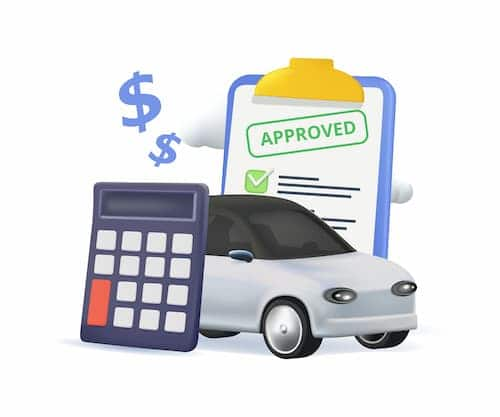- Should you switch car insurance companies?
- Switch car insurance companies for cheaper rates
- Switch car insurance companies to bundle your coverage
- Switch car insurance companies for better customer service
- Switch car insurance companies for better coverage
- Switch car insurance companies if your needs have changed
- When you shouldn't switch car insurance companies
Should you switch car insurance companies?
You should switch car insurance companies if it benefits you, and that doesn't just mean saving money. Switching insurance companies can:
- Reduce your rates
- Combine your policies in one place with one bill
- Get you a better customer service experience
- Get you better coverage
- Better meet your changing needs
You shouldn't switch car insurance companies, however, just for one or even a couple of these reasons if the company you're with now is the best fit for your needs.
Switch car insurance companies for cheaper rates
Finding cheaper car insurance rates is probably the top reason people switch. With rates on the rise and the cost of living up in nearly every area, if you're looking for cheaper car insurance rates, you're not alone.
Cheaper rates is a good reason to switch if:
- You're getting the same or better coverage
- You're getting coverage from a reputable insurance company
- You're not paying so much more for other policies by breaking up a bundle that it negates the savings
Switch car insurance companies to bundle your coverage
Saving on your overall insurance bill by bundling your home, auto (and maybe even other policies) is a good reason to switch. According to the J.D. Power study, 33% of those who are actively looking for new car insurance are looking to bundle.
Bundling is a good reason to switch if:
- You're happy with the insurance company you plan to bundle with
- You'll save overall on your coverage compared to buying separately
- The simplicity of one company and one bill is important to you
Switch car insurance companies for better customer service
Customer service is, and should be, a top priority when choosing a car insurance company, and is a good reason to switch. J.D. Power found that 38% of customers surveyed for its 2025 U.S. Auto Insurance Study fell into the bottom segment for customer satisfaction.
Customer services is a good reason to switch if:
- You're not satisfied with the service at your current insurance company
- Good service matters more to you than price
Switch car insurance companies for better coverage
You buy car insurance for the coverage, so if you can get better coverage elsewhere, it's a good reason to switch. Sure, all car insurance companies offer the same basic coverages, but while things like roadside assistance are extras with some companies, they may be included with others. Some companies offer extras that others don't, like pet injury coverage.
Coverage is a good reason to switch if:
- You have specific coverage needs that not all insurers offer
- You can get better coverage for the same price
Switch car insurance companies if your needs have changed
Life changes like moving, getting married or a teen getting licensed can all necessitate an insurance switch. Not all insurance companies operate in all states, so you may need to change when you move. When you get married, you'll want to combine your coverage on one policy; if you add a teen driver you may find that your current insurer is not very teen-friendly (charges a lot more).
Life changes are a good reason to switch if:
- You have moved to state where your insurer doesn't operate
- You save by combining policies with a new spouse
- You need to add or remove a driver and your current company isn't the best choice
When you shouldn't switch car insurance companies
You shouldn't switch car insurance companies if your current insurer offers great service, affordable rates and the coverage you need. In other words, if you're happy.
Switching comes with risks:
- An initially low rate might go up on renewal. Some companies offer initial discounts that drop off quickly, or raise rates by more over time than others
- The customer service you got when you signed up may not be as good as time goes on
- You may not really know how good the service is until you have to file a claim; if you've had a great claims experience with your current company, you know what to expect
- You may lose loyalty or bundling discounts (if you break up a bundle to switch) on other policies
In other words, switching is not a guarantee of a better deal in the long run. So if you're happy where you are and feel the rates are fair, staying put may be the better long-term strategy.
Sources:
J.D. Power. "2025 U.S. Auto Insurance Study." Accessed October 2025.
J.D. Power. "2025 U.S. Insurance Shopping Study." Accessed October 2025.



